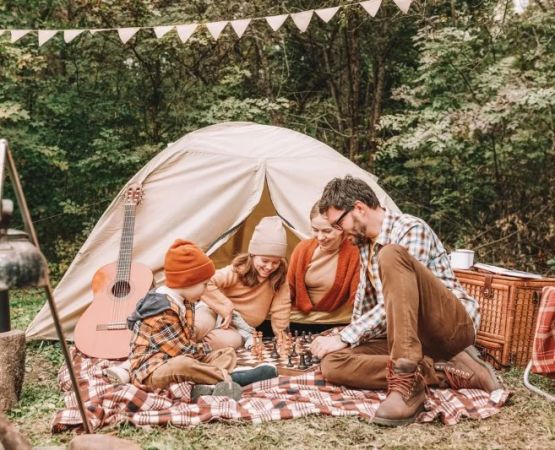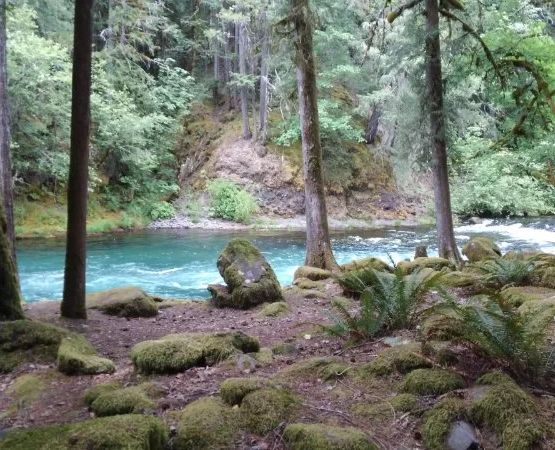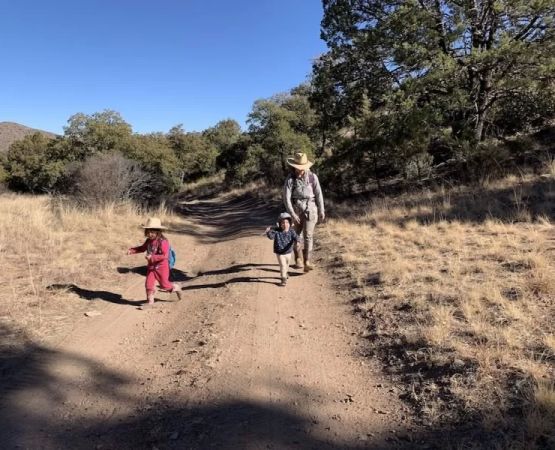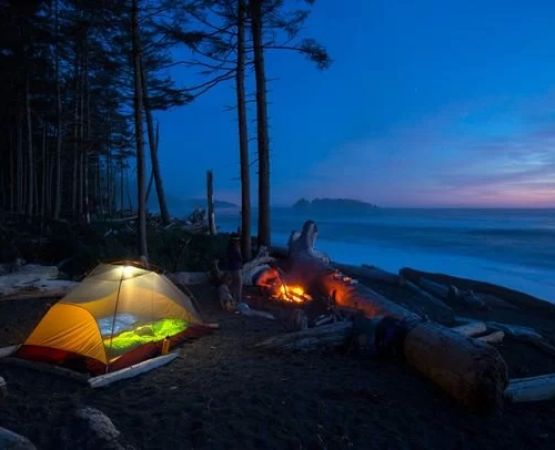- Importance-of-Lightweight-Tents
- Key-Features-to-Consider
- Single-vs-Double-Wall-Designs
- Real-Backpacking-Stories
- Packing-and-Durability-Tips
- Choosing-the-Right-Tent-for-You
Importance of Lightweight Tents
For anyone planning long hikes or multi-day treks, the best lightweight tents for backpacking adventures can completely change the experience. A heavy or bulky tent can sap energy and slow progress, while an ultralight, well-designed shelter can make the journey smoother and more enjoyable. Beyond reducing pack weight, lightweight tents are engineered to balance comfort, space, and weather resistance, making them an essential piece of gear for serious hikers and outdoor enthusiasts.
Key Features to Consider
When choosing a backpacking tent, weight is only one factor. Ventilation, waterproofing, setup time, and packability all play major roles in ensuring comfort on the trail. Ultralight tents often sacrifice interior space for weight savings, while slightly heavier models may offer extra room and durability. For hikers heading to remote places like Pine Cliff Resort, where conditions can vary, considering a balance of these features can prevent unexpected challenges. Practical features such as strong zippers, reinforced poles, and effective rainflies are often the unsung heroes of a reliable tent.
Single vs Double Wall Designs
One of the biggest decisions backpackers face is whether to go with a single-wall or double-wall tent. Single-wall designs are lighter and faster to set up, making them ideal for ultralight hikers. However, they can suffer from condensation issues in humid or cold environments. Double-wall tents, while slightly heavier, provide superior ventilation and weather protection. Many experienced backpackers recommend double-wall options for extended trips, especially in regions prone to sudden weather changes. This trade-off between weight and comfort is a central part of choosing the right backpacking shelter.
Real Backpacking Stories
Backpacking forums are full of stories illustrating the importance of tent choice. One hiker recalled hiking through the Appalachian Trail with a budget tent that leaked during every storm, turning their trip into a test of endurance. In contrast, another group camping at Pine Cliff Resort praised their ultralight double-wall tent for keeping them dry and comfortable even during an unexpected downpour. These personal stories highlight that choosing the best lightweight tents for backpacking adventures isn’t just about saving ounces—it’s about ensuring a reliable and safe retreat at the end of a long day.
Packing and Durability Tips
A lightweight tent must also withstand the rigors of the trail. Proper packing—such as splitting tent components among hiking partners—can reduce the load each person carries. Storing stakes in durable bags and rolling rainflies separately can also help prevent damage. Durability often comes down to the materials used: ripstop nylon, aluminum poles, and reinforced stitching all contribute to longevity. Backpackers often advise practicing setup before hitting the trail, ensuring no time is wasted on-site. Good storage practices extend the life of a tent, making it a worthy investment for multiple adventures.
Choosing the Right Tent for You
Selecting the right tent depends on personal hiking style, climate, and budget. Solo hikers might prefer ultralight single-person tents, while groups often opt for slightly heavier but more spacious models. For unpredictable climates, double-wall designs remain the most versatile option. No matter the choice, the key is to find a shelter that balances weight, protection, and comfort. Exploring recommendations and expert gear selections at places like Pine Cliff Resort can provide valuable insights. Ultimately, the best lightweight tents for backpacking adventures are those that allow hikers to focus on the journey, not their gear.






